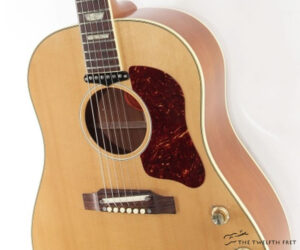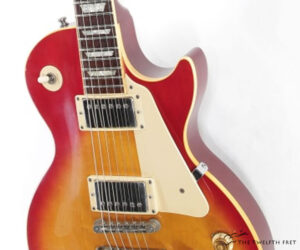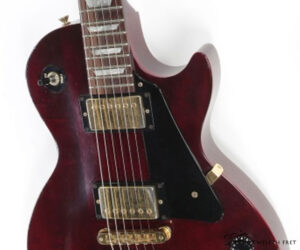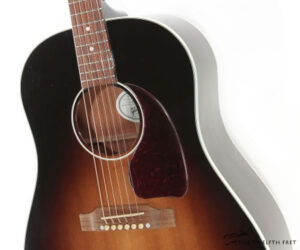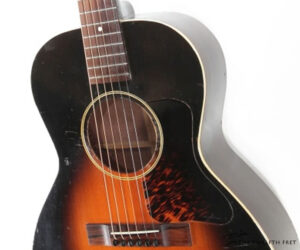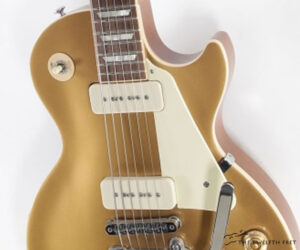Between 2002 and 2013 a total of 750 Gibson John Lennon J-160E Peace Model guitars were built, with this one being 493 from January 2010. The Gibson J-160e appeared in 1954 and was built until 1979. It was intended to provide a reasonable representation of an acoustic guitar at stage volumes, supported by amplifiers.
This instrument has sold
MORE →